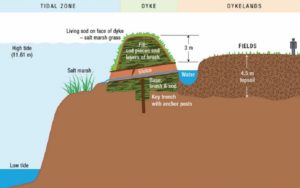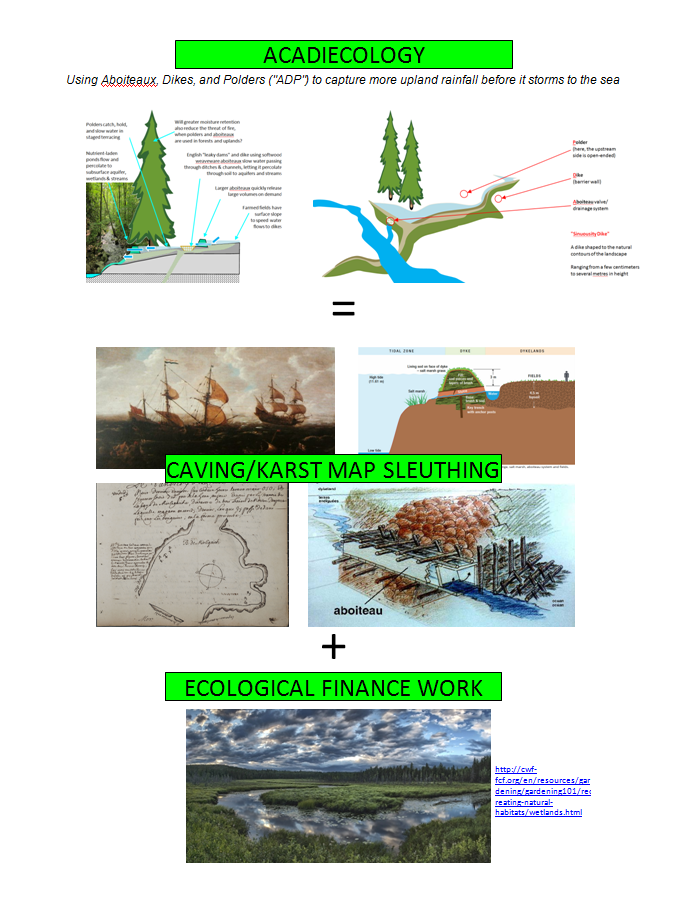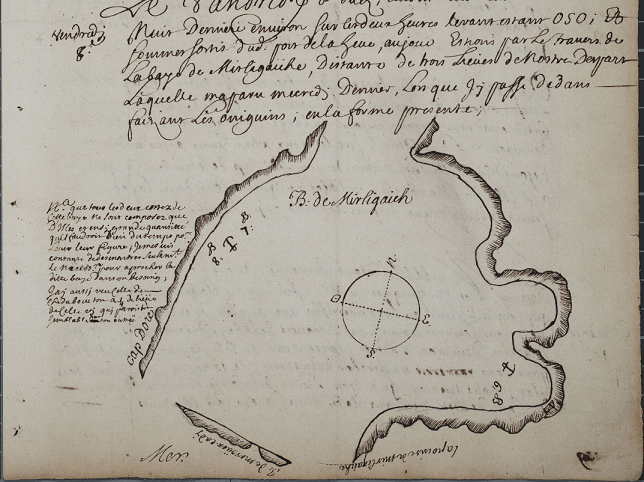 Capturing more upland rainfall before it storms to the sea
Capturing more upland rainfall before it storms to the sea
Creating new jobs, public procurement, and other ecological and economic opportunities across the world
https://www.behance.net/gallery/61119509/Acadiecology-Reinventing-Upland-Water-Management
Over the last several months, I’ve managed to combine caving/karst sleuthing with independent ecological work alongside the waterbucket.ca gig. Proposing a novel form of upland dike (“Sinuosity Dike”) to capture more precipitation surface run-off on its way down to the sea.

